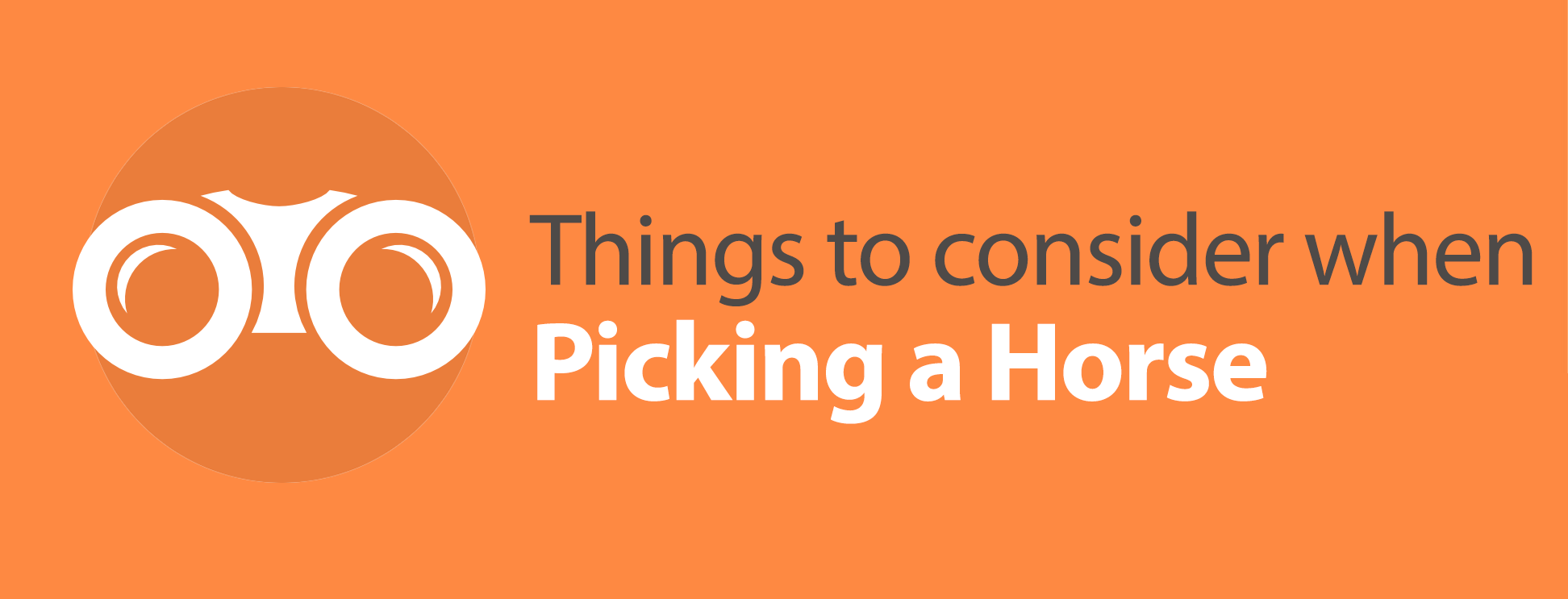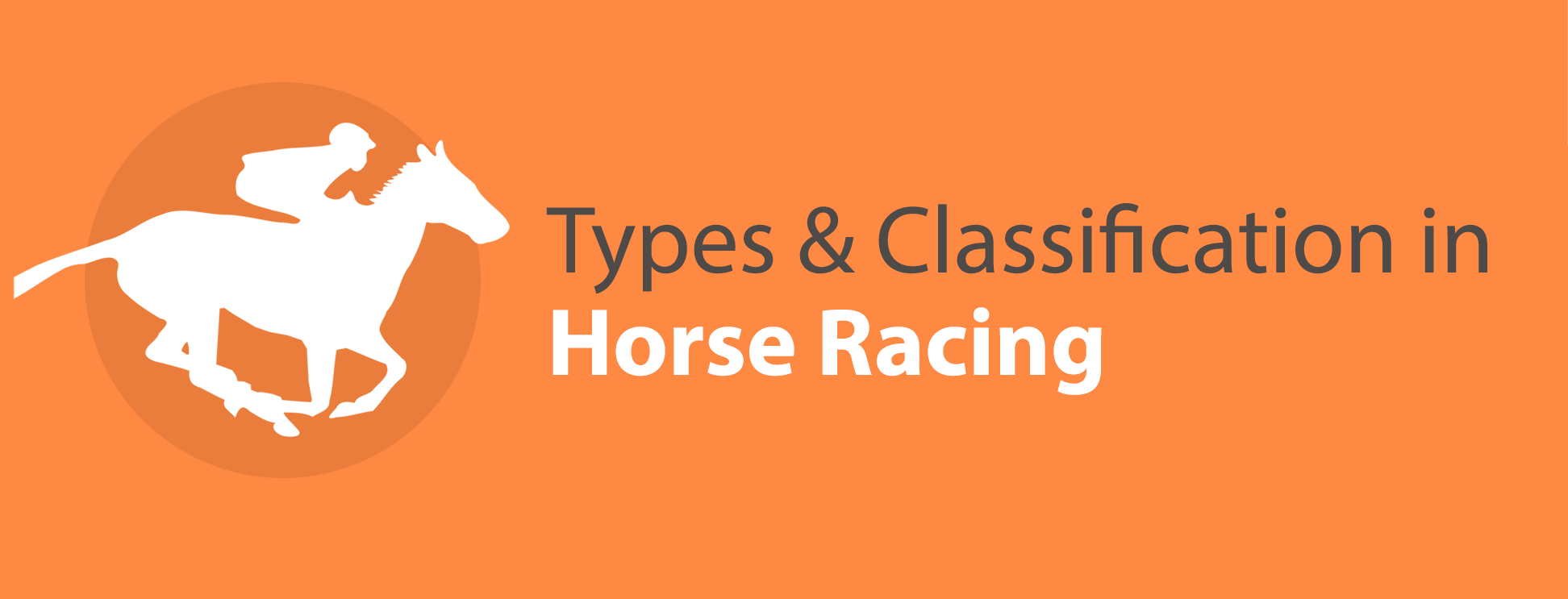
Things to consider when picking a horse
Betting on Horse Racing is all about picking the horse that’s most likely to win right? Well, no. That may sound like a silly comment and you may believe that it must be about picking winning horses. What’s the point in picking six winners out of 10 for a solid 60% win rate, if they’re all priced at 1.70 and below?
Being successful when betting on horses is also about understanding the concept of value. It’s about identifying the horses that are more likely to win than their odds suggest. Whilst you’ll likely yield a much lower win percentage (maybe as low as 15%) you’ll certainly notice the benefits of not being afraid to back big odds quite quickly.
How to pick a winner
There are a number of factors that go into picking a winning horse. Blindly picking the favourite who sits massively odds on at the top of a list of horses can more often than not lead to a winner, but in such a topsy-turvy sport, with so many deciding factors and bigger prices to be had, you’re not likely to make much of a profit.
There are unfortunately some factors that we just cannot control, but the more reliable, in-form a horse you are betting on the more unlikely they become. Even still it’s not possible to account for the clumsy 150/1 shot who misjudges the fence and causes your horse to go tumbling over. You cannot control your luck on the day.
We also have to accept that like in any sport, even the most reliable source of horses can simply have an off day. Horses after all are animals and not the well-oiled machines they sometimes look like. A number of factors can cause an off day for any horse, and we can’t always foresee that.
Factors to consider
The factors that have a bigger influence are ones that we absolutely can assess and consider when picking a horse to bet on. The most important of these factors are the tracks, jockeys, form, stall numbers, distance, class and grade, weight and of course the trainers. One by one we’re going to look at how to assess these factors.
Class
It’s quite important to understand how class translates to a given horse in a given race. All form is relative to class, but it depends very much on the standard of the race you are betting on in comparison to the standard of the races at which a horse’s most recent wins were achieved.
It doesn’t mean much to win as many as three or four races in a row if a horse is being tested by being bumped up a grade, as obviously it will be racing in a fast field. It may well be that the horse lead the field in the previous races at lower class, and now will field it’s save having to chase for the first time.
The other way to look at this situation – and perhaps an easier way to profit – is to more readily consider horses that have been failing to win but performing reasonably OK at a higher class, and now find themselves dropped down.
Distance
You can apply the same method of above thinking to distance also. A lot of horses are versatile in that they can adapt to a faster pace over a shorter distance, but they’re also built to challenge in longer distances where timing is everything. It’s not always obviously apparent in their early days but as a horse puts some races under its belt, it becomes clear what it’s ideal distance to run at is.
Considering the track in correlation with distance and not distance alone is important, as some tracks can be fasters and others, with some being uphill, flat or downhill.
Genetics
There is truth to the trail of thought that we can perhaps gain an edge by assessing the genetics of the horse in question. Genetics and breeding definitely play a part as both stamina and speed is inherited from the parents.
Form
Form is key. Each horse in each race is assigned a rating and that rating is devised by assessing performances from past races, and we use those ratings to give us a clearer indication of how a horse may perform this time out. Understanding and taking the time to study form careful will definitely help you pick more winners in the long run.
Outside Factors
As well as understanding the form, you must know how to take that form and apply it in coalition with the other factors such as the conditions on the day. It’s great that Horse A has a form reading 1111 from its last four races, but is that to be taken as seriously if that was on a wet and slow ground, and the horse is about to race on a firm, fast track? Of course not.
There are many tools that will help you do this such as the Racing Post, which for the old fashioned amongst you should be your number one resource.
The very best of the best may deal with any condition, but in truth few are made of such material and the conditions on the day are a huge deciding factor in how a horse performs. It’s also important to understand each individual course because the exact same amount of rain at two courses can still produce very different conditions. Consider how some may have good drainage for example.
If a horse likes to run on firm and performs well then it’s fair to assume that its chances of winning on heavy going just aren’t going to be the same. Your horse is more likely to struggle. And the way your horse moves, as strange as that sounds, is also a huge factor. Some horses like to keep their hooves quite low to the ground and for that style of running a firmer ground is suited. Some horses run in what we’ll call a more circular, rounded motion when stretching their legs and will generally deal well with the softer going.
Horse, Jockey and Trainer
Details about the horse, jockey and trainer sound obvious, but we want a good, trustworthy horse, a good jockey and a trusted trainer. When I say we want a good horse, I mean we are looking for one who you expect will stand up to the test at hand. One useful stat to consider is the speed ratings of each horse. You can find them online and in the post, and comparing the most recent speeds of horses in their most recent races (always keep the conditions in mind) you can get a fair idea of who you would expect to be fastest on an even playing field.
Just as important as speed though is staying power. We might have identified a horse who blitzes the field over the first three quarters of the track, but I’d rather have one who can maintain a good pace and leave some in the tank. That is also of course down to the control of the jockey – and we want a good one sat on top of our horse!
There are many up and coming jockeys and you’ll also find an unknown or two capable of winning on their day, but we would prefer to have a tried and tested jockey sat on top of our horse. A good jockey can make all the difference with the right horse underneath him.
Finally we want a good trainer. This doesn’t just mean the one you see most often on race cards, as some have more money than others and are willing to throw it all at endless amounts of horses to find the diamonds in the rough. We want the tried and tested names like household greats such as O’Brien, Johnston and Knight and so on. We also want to consider which trainers have a habit of doing well at the particular course where our horses are running, as soon trainers make it their goal to master certain courses and races especially.
Stall position/Draw
These horses rev up in a second and at the end of the day they all have to cover the same distance to win, so stall position doesn’t really matter that much does it? Wrong. Stall position can be absolutely crucial.
You can have absolutely every other factor known to man in your favour but if the draw is unfavourable then you could be undone. Stalls are used for flat racing and you will be able to identify which stall your horse will be racing out by checking the racing card.
To understand why draw position is so important and why what we call ‘draw bias’ is most definitely a factor, let’s consider a flat race being run on a near oval course. The race is being ran almost constantly on the turn/bend, so if a horse is starting nearest the rail and can get out in front early, it’s got the shortest possible distance to cover. If on this ideally round track there’s a high number of runners, then the field is going to spread out and somewhere is forced to take the outside. If that happens to be your horse, then he now has a much further distance to cover than those on the inside.
The best newspapers and sources, such as the Racing Post, should have some information on stall positioning for each race and also a bit about the potential effects of draw bias.
Additional Factors
We also want to consider how recently the horse has raced. For horses that have been putting their hooves up for more than 90 days, we’d assess that we’d probably like them to have a more recent run under their belts before backing them. Equally we don’t want a horse that’s been run into the ground. If you have a horse racing more than every 30 or so days, consider that over raced horses aren’t usually a good source of winners.
There are trails of thought that suggest you can read into the odds when betting on horses. Horses that went off as favourite and underperformed last time out tend to do better next time around, whilst it’s been noted that horses who win at high odds tend to do so again. Also consider that most winners come within the range of 20-1 and below and whilst it’s possible to win at higher odds, horses are priced at 30/1 and the like for good reason.
We’ve placed weight under the additional factors rather than giving its own more important sub heading, as many will debate the importance of weight. There are many well-known sources of information, services and Tipsters who don’t think it is necessary to consider weight. You’re more likely to want to consider weight when looking at handicaps, but really this is all a matter of opinion and something you’ll learn to develop a stronger view and method on in time.
Finally, it’s good to consider the smallest of details, such as Header (refinements) when assessing a horse. Don’t give up just because this favourite has let you down one too many times, for today he is running with the blinkers on (designed to help an unfocused horse look straight ahead and ignoring possible distractions to the side). In early tests, this can make a big difference to a horse’s race, even if they do adapt and the effects lessen over time.


